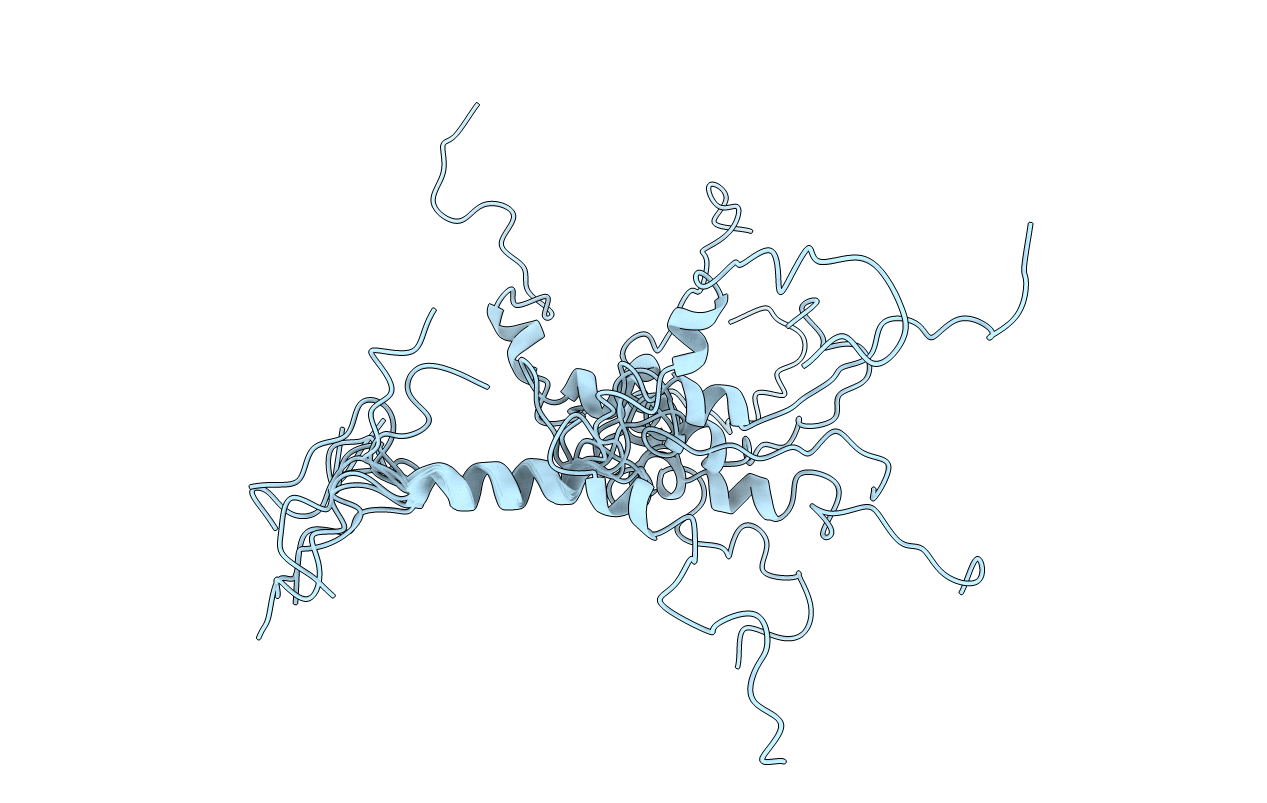
Deposition Date
2015-06-17
Release Date
2016-04-20
Last Version Date
2024-05-15
Entry Detail
PDB ID:
2N4G
Keywords:
Title:
Solution Structure of the G335D Mutant of TDP-43 Amyloidogenic Core Region
Biological Source:
Source Organism:
Homo sapiens (Taxon ID: 9606)
Host Organism:
Method Details:
Experimental Method:
Conformers Calculated:
200
Conformers Submitted:
10
Selection Criteria:
structures with the lowest energy


